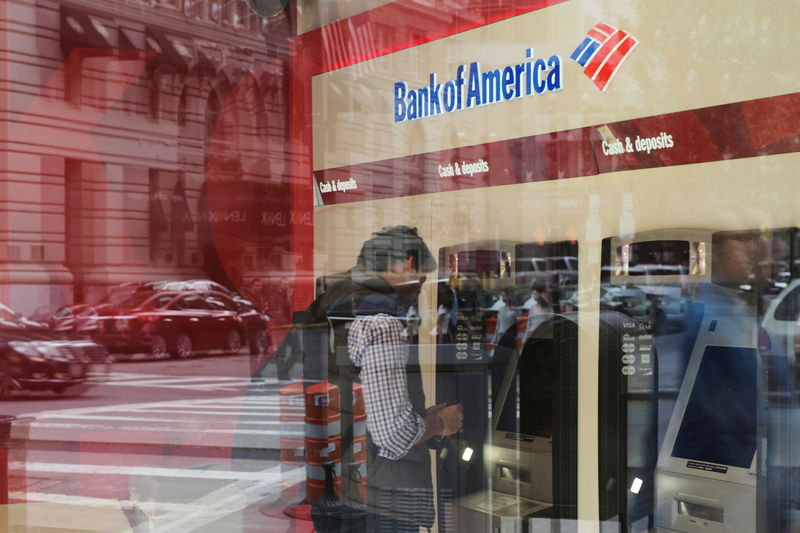UnitedHealth tests AI system to streamline medical claims processing - Bloomberg
Investing.com -- America’s largest banks entered the third-quarter earnings season with strong numbers and confident commentary, offering a clearer read on economic conditions at a time when delayed official data due to the government shutdown left investors looking for alternative signals.
According to BCA Research, these early reports provide valuable insight because the top five banks control 38% of deposits, giving them “a front-row seat to the U.S. economy.”
Despite stretched equity valuations and market anxiety, BCA strategists argue the macro backdrop still reflects economic normalization rather than contraction, and the tone from bank executives reinforced that view.
Bank deposits continued to rise in Q3, though at a slightly slower pace, and credit metrics remained stable. Bank of America’s CFO said the “consumer at this point appears to be exactly where we were, resilient, doing well,” while JPMorgan’s Jeremy Barnum noted that delinquency rates are running below expectations.
This resilience contrasts with consumer confidence surveys hitting new lows, BCA notes, a divergence it attributes partly to political sentiment rather than underlying financial stress.
Spending data supports that interpretation: aggregated card spending per household rose 2% year-on-year in September, extending a four-month streak of gains. Wells Fargo said deposits remain strong across income levels, and that “credit quality had been strong across the board.”
However, BCA strategists stress that the spending engine is increasingly concentrated among high earners, who now account for nearly half of all consumption. They point out that the top-income cohort has seen faster wage gains and benefited most from soaring financial asset values, with household net worth rising by more than $63 trillion since the pandemic.
“Wealthier consumers will continue to spend as long as layoffs remain limited, and equity markets continue to rise,” strategists led by Irene Tunkel said, but they warn this narrow base of discretionary spending could become a liability if markets correct, similar to the early 2000s.
BCA links these signals back to its broader bullish equity framework, which it says is supported by resilient earnings, ongoing GenAI-driven productivity gains, monetary easing and policy tailwinds. The firm argues that these forces continue to underpin the U.S. equity market despite valuation concerns.
Corporate signals also support BCA’s theme of a “jobless boom.” Wells Fargo said large corporates are investing with a focus on productivity and automation rather than hiring expansion.
Bank of America added that artificial intelligence has already allowed it to reduce headcount while activity has increased, saying it has “saved about 10% of aggregate coders through AI tools.”
BCA reiterates its overweight stance on large banks, saying deregulation and revived capital markets activity leave them well positioned to extend gains as long as earnings remain stable and policy remains supportive.
While acknowledging isolated risks — such as fraud-related credit events flagged by JPMorgan — the firm sees large banks as well positioned and that the broader economy still has momentum.
